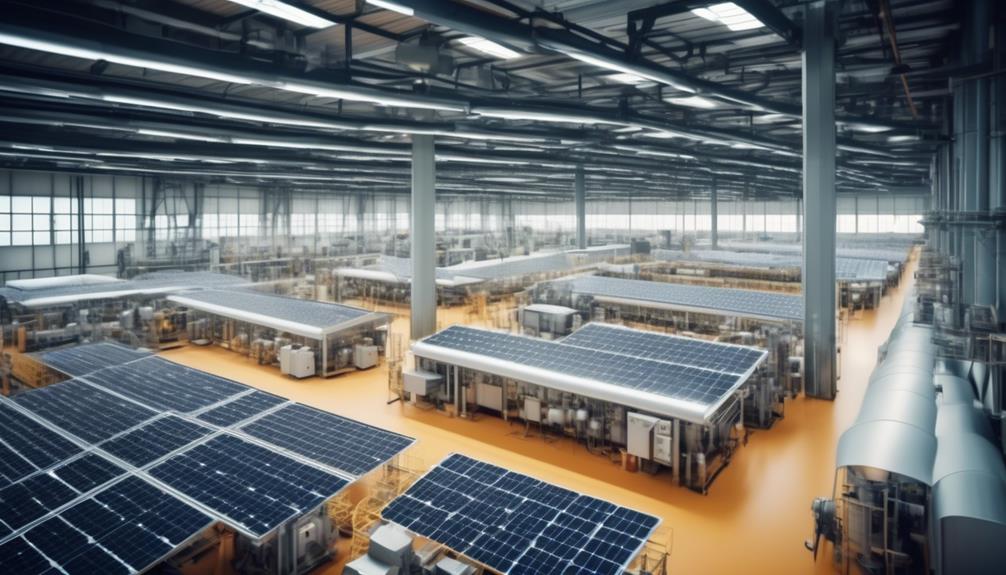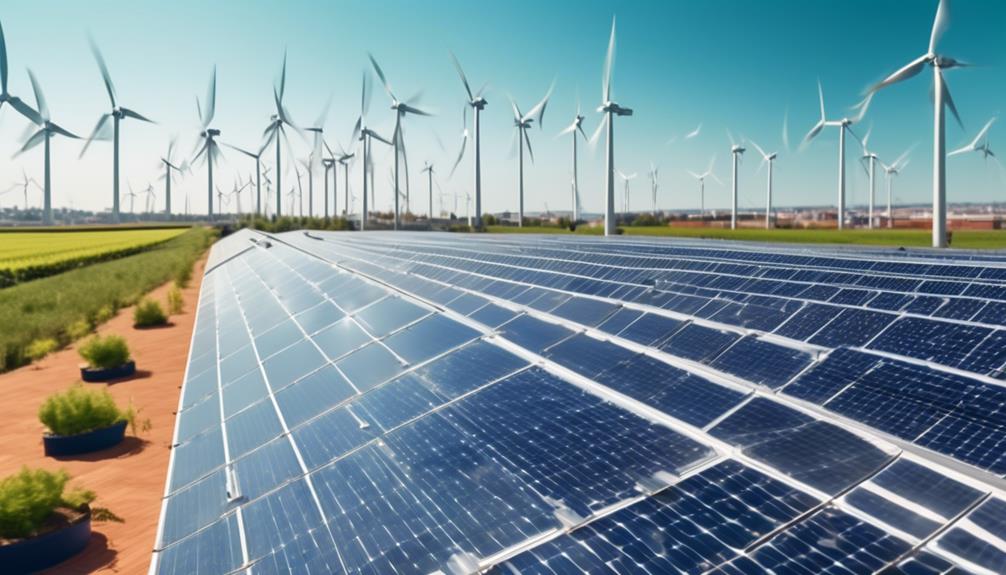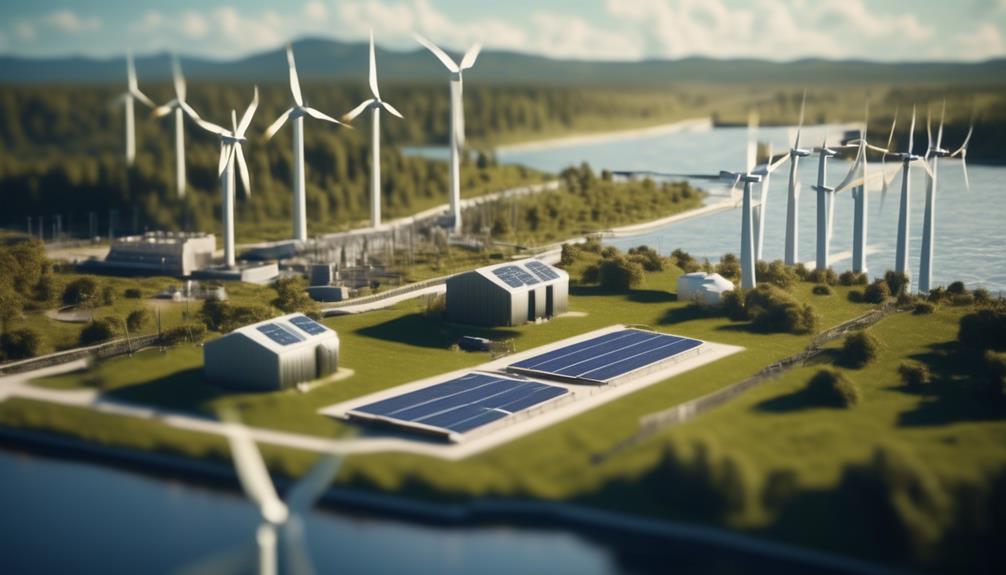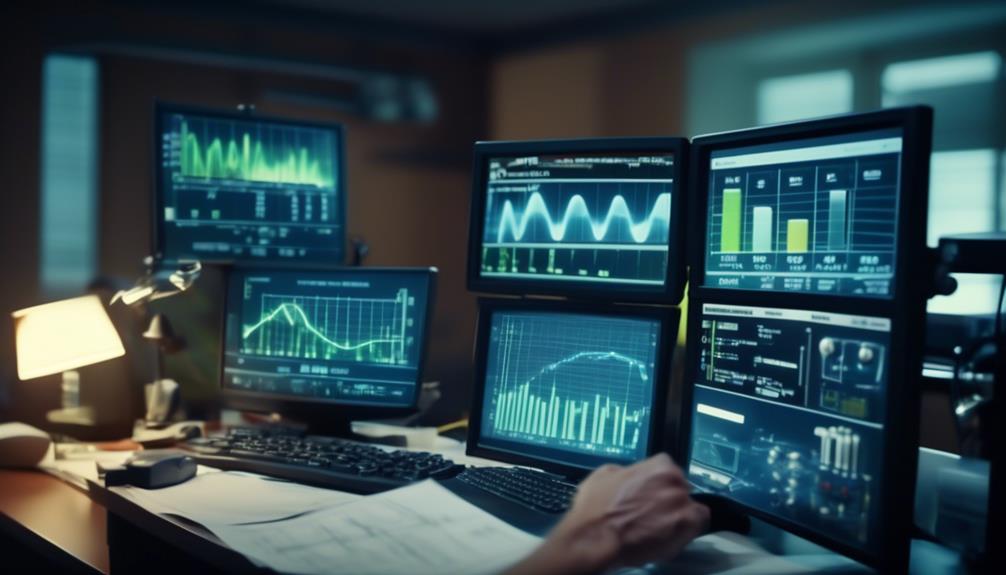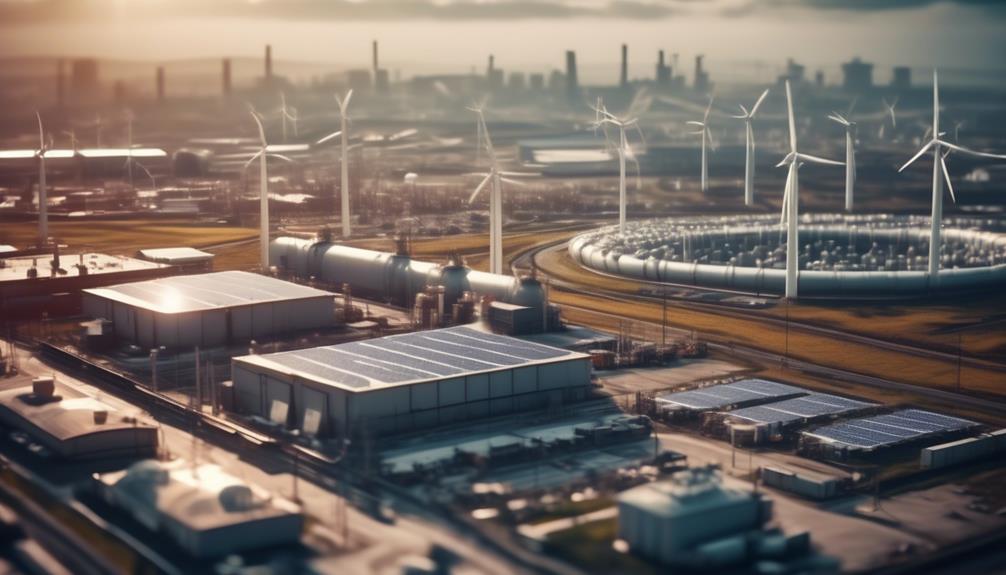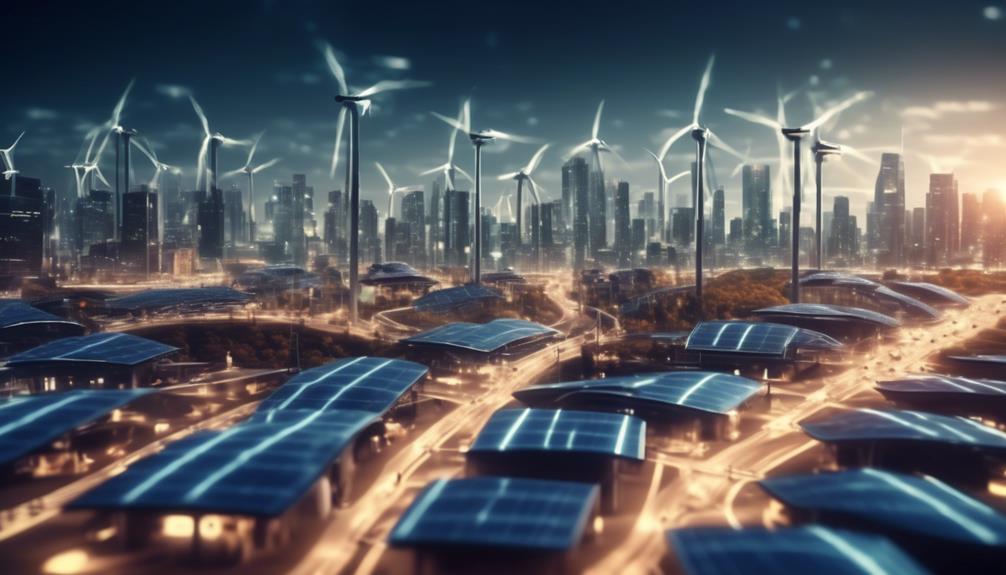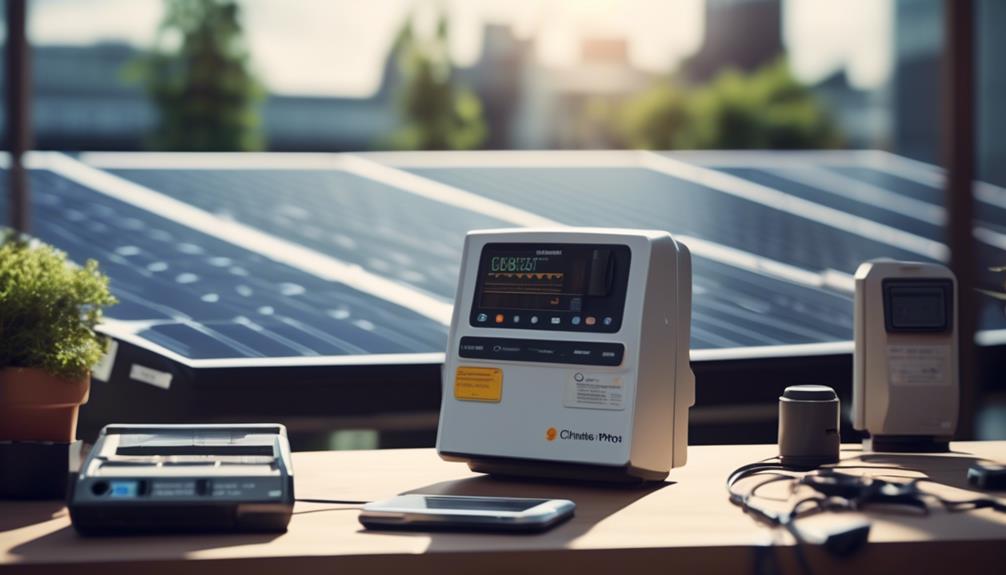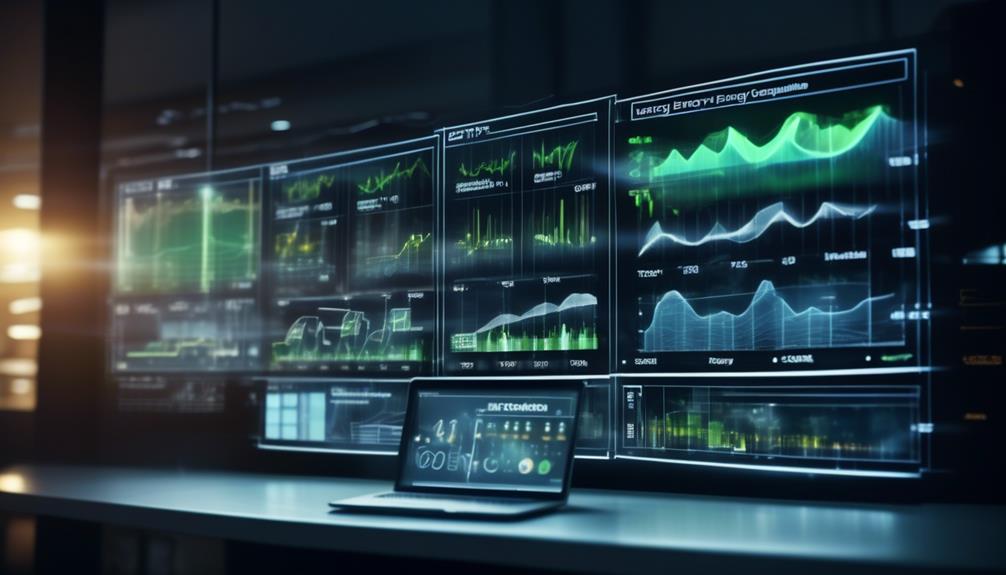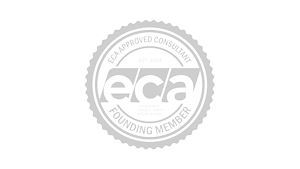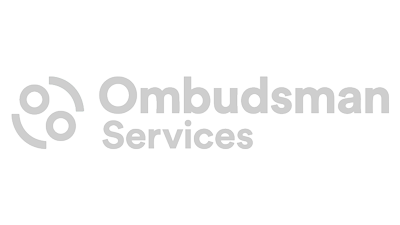In today’s corporate landscape, the quest for sustainability and cost-efficiency through energy optimisation is not just a noble pursuit but a critical operational necessity. As environmental accountability and the efficient use of resources increasingly become benchmarks for business success, you may find navigating the complexities of energy management both imperative and daunting.
The journey to harmonise your corporate objectives with effective energy efficiency measures is fraught with challenges, from deciphering your energy consumption patterns to integrating cutting-edge energy technologies seamlessly into your operations.
Drawing on a wealth of experience in fostering sustainable practices within organisations, this discussion is tailored to leaders like you, who are determined to steer their companies towards a greener and more economically sound future. By addressing the intricate dance between operational demands and environmental stewardship, we aim to equip you with the insights and strategies necessary to craft a robust energy efficiency plan.
As we delve into the components and strategies essential for achieving meaningful energy conservation within your company, rest assured that your concerns and objectives are at the heart of our exploration. Let this be your guide to not only understanding the landscape of corporate energy efficiency but also mastering it, encouraging you to read on for actionable advice and innovative solutions that align with your company’s unique needs.
Understanding Your Energy Needs
Regularly conducting an energy audit is a crucial step in understanding your business’s energy needs and identifying opportunities for efficiency improvements. Analysing energy use patterns and consumption data provides valuable insights into your specific energy requirements. By prioritising areas for energy-saving measures, you can develop a comprehensive energy management strategy.
Engaging with energy specialists can offer further understanding and identify opportunities for efficiency improvements. Implementing energy monitoring systems allows real-time tracking of energy usage, enabling a detailed understanding of your energy needs.
To reduce energy waste and optimise energy efficiency, businesses should consider the impact of their operations on energy consumption. This involves assessing the performance of existing equipment and identifying opportunities for upgrading to energy-efficient alternatives. By gaining a clear understanding of your energy needs, you can develop a targeted strategy to optimise energy consumption and reduce costs.
Understanding your energy needs is foundational to crafting an effective corporate energy efficiency strategy, focusing on practical solutions driven by data and aimed at empowering businesses with control over their energy consumption.
Setting Clear Energy Efficiency Goals
Analysing historical energy usage and establishing specific, measurable targets is essential in setting clear energy efficiency goals for your organisation. By setting clear goals, you can effectively track progress and make adjustments as needed to ensure maximum energy savings and efficiency.
When setting energy efficiency goals, consider the following:
- Identify Energy Consumption Patterns: Conduct a comprehensive energy audit to understand how and where energy is being used within your organisation. This will help identify areas for improvement and prioritise actions for maximum impact.
- Set Measurable Targets: Define specific, measurable targets for energy savings and efficiency improvements. For example, aim to reduce overall energy consumption by a certain percentage within a specified timeframe, or set targets for reducing energy usage in specific areas of operation.
- Integrate Goals into Business Energy Strategy: Ensure that energy efficiency goals are integrated into your overall business energy strategy. Align these goals with your organisation’s broader sustainability objectives and make them an integral part of your operational and strategic planning.
Organising Your Energy Efficiency Team
To ensure effective implementation of your corporate energy efficiency strategy, it is crucial to carefully structure and organise your energy efficiency team with clear roles and responsibilities for each member. Assign specific tasks such as monitoring energy usage, identifying areas for improvement, coordinating the upgrading of equipment, and tracking progress towards energy efficiency goals.
Encourage cross-functional collaboration to leverage diverse expertise and perspectives. This can help in identifying innovative solutions and best practices for optimising energy usage.
Establish regular team meetings to track progress, share insights, and address challenges. Designate a team leader to drive the energy efficiency agenda and coordinate efforts. This individual can also serve as the point of contact for communicating energy efficiency initiatives across the organisation.
It is essential to foster a culture of innovation and continuous improvement within the energy efficiency team, empowering members to propose and implement new ideas for saving energy and reducing the organisation’s carbon footprint.
Mapping Your Energy Efficiency Journey
As you embark on mapping your energy efficiency journey, it is crucial to understand your organisation’s energy needs through a comprehensive energy audit to identify areas for improvement. This understanding forms the foundation for a successful energy efficiency strategy.
By comprehensively mapping your energy efficiency journey, you can contribute to reducing energy consumption, carbon footprint, and environmental impact.
Key Steps for Mapping Your Energy Efficiency Journey:
- Set Ambitious Yet Realistic Goals: Establish clear and measurable targets, such as reducing energy consumption by a certain percentage, to drive your energy efficiency journey forward.
- Organise a Cross-Functional Team: Form a team that champions the energy efficiency strategy and aligns various teams and processes within the organisation to ensure effective implementation.
- Continuously Monitor and Adjust: Regularly monitor performance against goals and key performance indicators (KPIs) to make necessary adjustments, ensuring that the energy efficiency journey stays on track.
Understanding and mapping your energy efficiency journey is essential not only for operational efficiency but also for addressing the pressing concerns of climate change and environmental impact. By making energy efficiency a priority, organisations can significantly reduce their carbon footprint and contribute to a more sustainable future.
Monitoring and Reporting Energy Efficiency Progress
Effective monitoring and reporting of energy efficiency progress is essential for organisations seeking to optimise their energy usage and achieve their sustainability goals.
To effectively monitor progress, it is crucial for organisations to set specific and measurable energy efficiency goals. Regular monitoring of energy consumption data allows for the evaluation of progress towards these goals, enabling the identification of areas for improvement.
Encouraging employee participation in achieving energy efficiency targets is also vital, as it fosters a culture of energy consciousness and can lead to significant contributions. Leveraging smart technology and automation systems can further optimise energy usage and pinpoint areas for enhancement.
Implementing energy monitoring systems that track real-time energy usage is instrumental in prioritising energy-saving measures effectively. Furthermore, reporting on energy efficiency progress not only facilitates transparency but also provides an opportunity to celebrate achievements and identify areas that require further attention.
Assessing Results and Identifying Opportunities
Building on the foundation of effective monitoring and reporting, the next critical step involves assessing results and identifying opportunities to further enhance energy efficiency initiatives within the organisation. This phase is essential for crafting a sustainable corporate energy efficiency strategy and ensuring long-term success. To achieve this, consider the following:
- Regular Assessment and Analysis: Regularly assess and analyse energy consumption data to identify areas for improvement and energy-saving opportunities. This data-driven approach allows for the identification of patterns and trends, enabling informed decision-making for enhanced efficiency.
- Utilisation of Monitoring Systems: Utilise energy monitoring systems to track real-time energy usage and identify peak consumption periods. This real-time data empowers organisations to make immediate adjustments and optimise energy usage.
- Comprehensive Audits and Implementation: Conduct comprehensive energy consumption audits to prioritise and implement effective energy-saving measures. This practical approach ensures that resources are allocated to initiatives that will have the most significant impact on reducing energy usage and environmental footprint.

